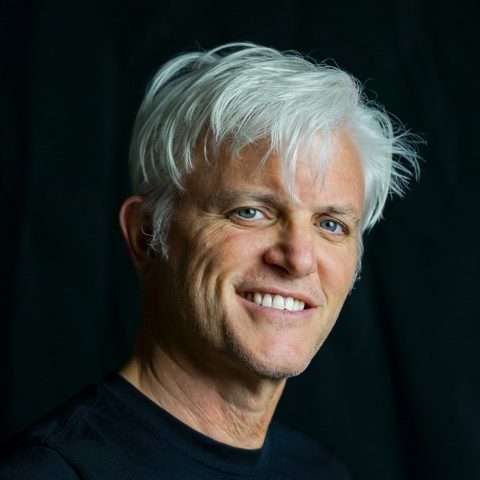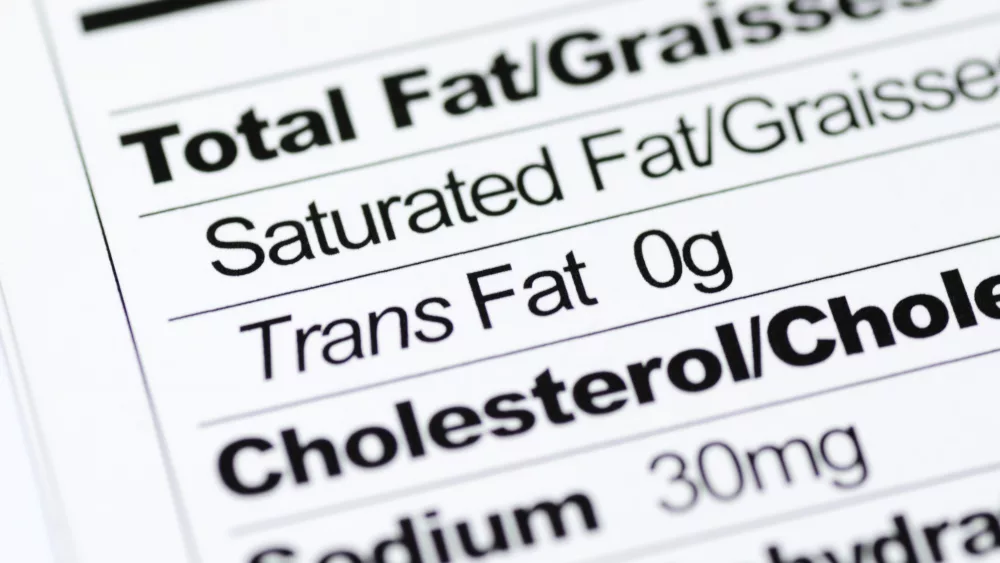Making wine is no simple task. Wine grapes are only harvested once a year, whereas beer and spirits—which are mostly grain based—can be made just about whenever the mood strikes the producer. While a winemaker can hope to make 40 or 50 vintages of wine over a lifetime, a brewer of beer or a distiller of whiskey can potentially make thousands of batches.
Wine grapes don’t travel well and have a limited shelf life. Grains, on the other hand, can be dried, stored and shipped with relative ease. Finally, crushed grapes left in an open container for a few days will ferment into “wine,” but alcohol from grains requires more coaxing, meaning making wine is less about prodding and more about making sure things don’t spiral out of control, which might sound easy, but is often exceptionally difficult. Despite these differences, historically three distinct fermentation professions emerged: winemakers, brewers and distillers. But such categories are so passé. Now these self-limiting titles have been replaced by “libation fermenters” or “liberators” for short.
In walk the liberators
When I interviewed super-star winemaker Dave Phinney about his new Savage & Cooke Distillery (whiskey, bourbon, rye) on Mare Island, he mentioned the similarities with winemaking—converting sugar to alcohol—and the benefit to incorporating a winemaker’s blending skills and knowledge of oak wine-barrel flavor profiles into the process of making distilled spirits. And he’s right. The new products launched from Phinney et al. have familiar flavor profiles for any wine-lover. This is likely because the spirits—with provocative names such as Lip Service Rye, Second Glance Whiskey and The Burning Chair Bourbon—have spent the final stages of their aging process in oak barrels that formerly held wine. The result is subtle but unmistakable—black fruit notes in the whiskey and bourbon from the former Cabernet Sauvignon barrels and kirsch/black pepper elements in the rye, thanks to Grenache-laced oak casks.
What’s clear after tasting these distilled spirits is that a winemaker’s touch can have an undeniable effect on the flavor profile—and in the case of Phinney, who has been called the Andy Warhol of winemakers on the look and feel of the brand itself. But he’s not the only one. There appears to be a growing wave of winemakers turned liberators. Take, for example, the winemaker-heavy partnership at Sawhorse Cider, where they make wines for various wineries by day and “hard” apple cider for their own brand in their spare time. Or the super-brash and iconoclastic winemaker Jayson Woodbridge and his team at Hundred Acre wines who have plans to build a distillery in Calistoga.
Distilled spirits
Do distilled spirits present a threat to the local wine industry? Robert Mondavi is often credited as having ushered in the greatest phase for Northern California winemaking. On the advice of his father, who believed the California wine industry would have a strong future following the 1933 repeal of Prohibition, Mondavi moved to the Napa Valley in the late 1930s after graduating from Stanford University. Through a joint venture with his extended family in 1943, he and his brother purchased what was at the time the dilapidated, but striking, stone Charles Krug Winery. By 1966, with the extended family fractured, he founded his own Robert Mondavi Winery in Oakville with his sons Michael and Tim.
Before the building was finished, Mondavi set out to convince the world that his wines from the Napa Valley were comparable to the finest wines in the world. One of his central arguments was that the place where grapes are grown is inextricably linked to a wine’s quality. His point was that if great wine could be made anywhere, then why were some of the world’s greatest examples of fine wine only made from grapes grown in certain vineyards in what amounted to only a few spots on the globe? Leaning heavily on the European concept of terroir, he was vehement that the Napa Valley, and its nearby wine-grape-growing neighbors, were equivalent to the best regions in France and Italy.
Now plenty of wine regions in the world have made the same/similar argument, which begs the question—is a “sense of place” being replaced by “a sense of style?” Are the liberators at risk of exacerbating a decoupling of place from quality? Or are they actually fostering a greater appreciation of the uniqueness of a place, a people or culture through a clear-cut style? Time will tell.





